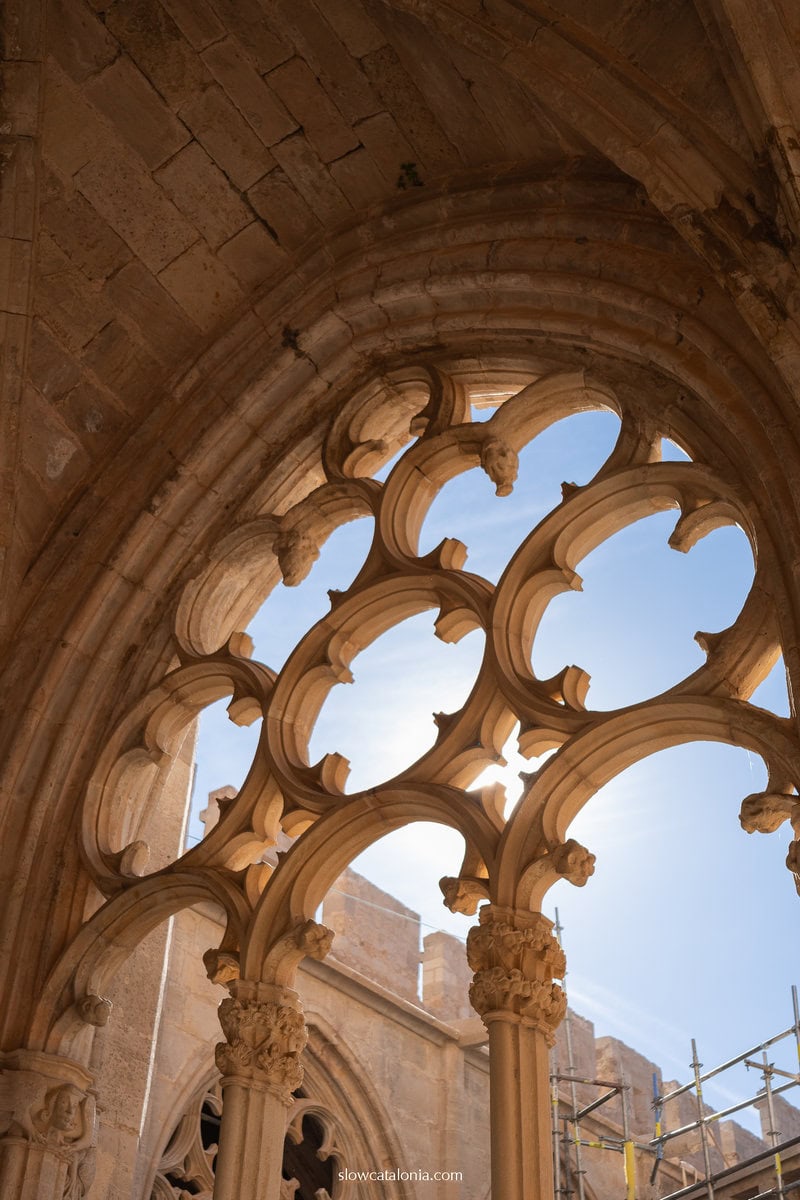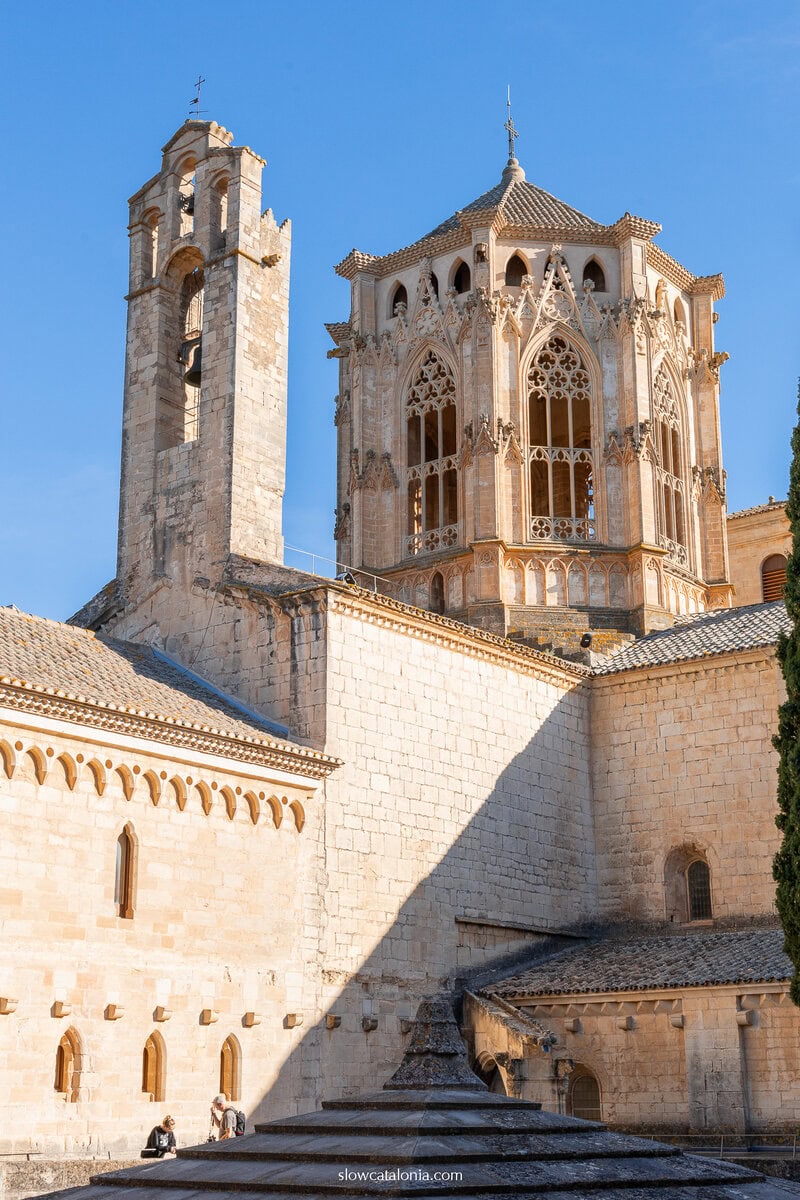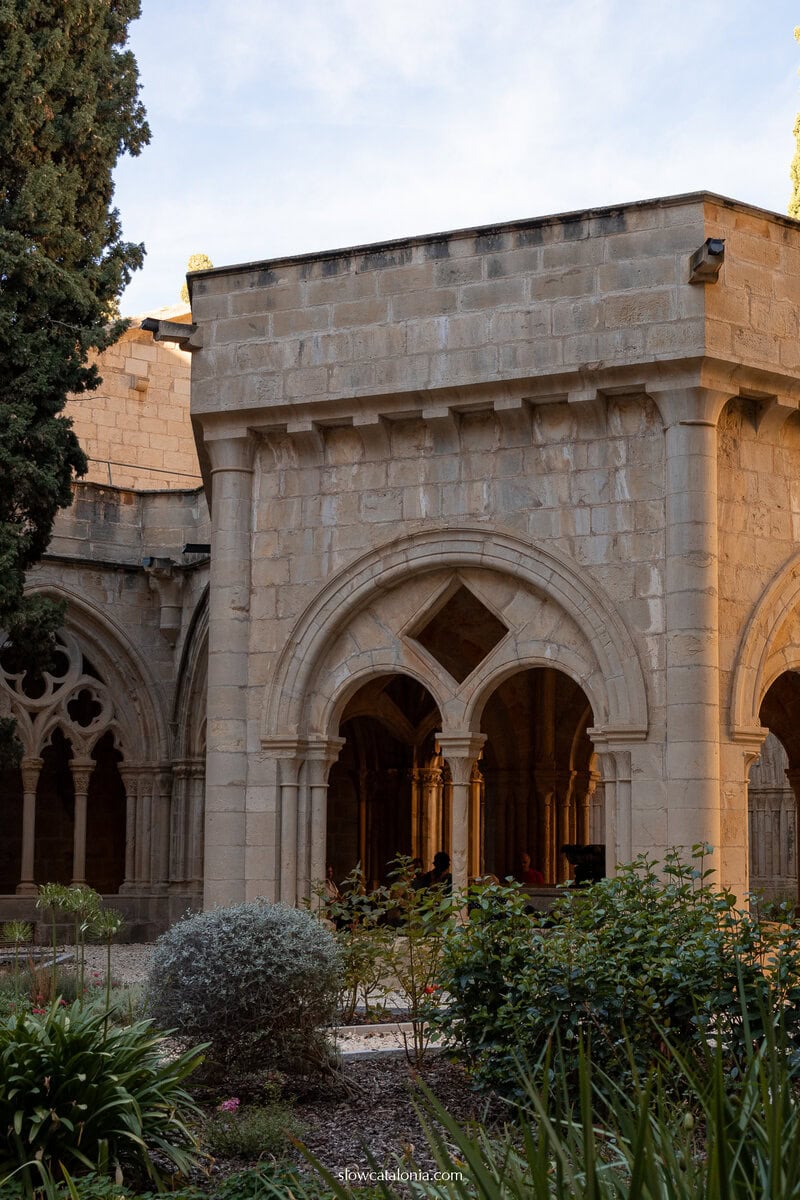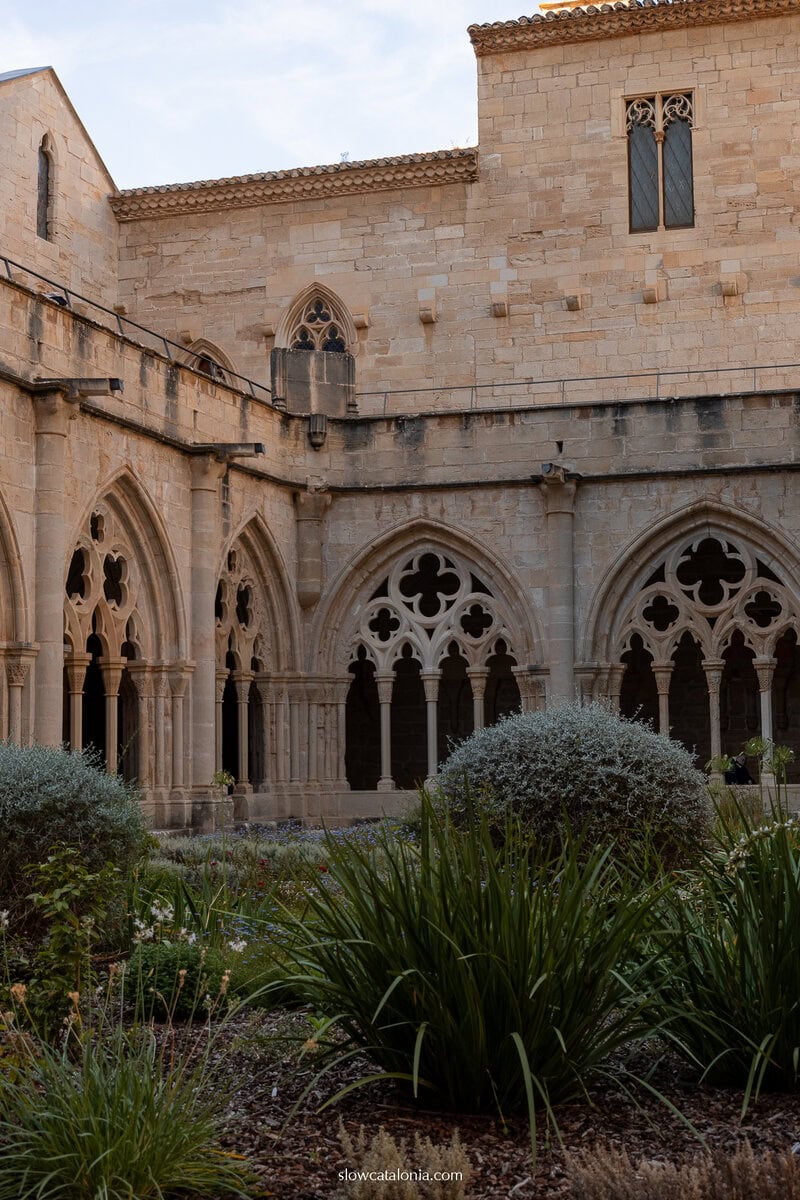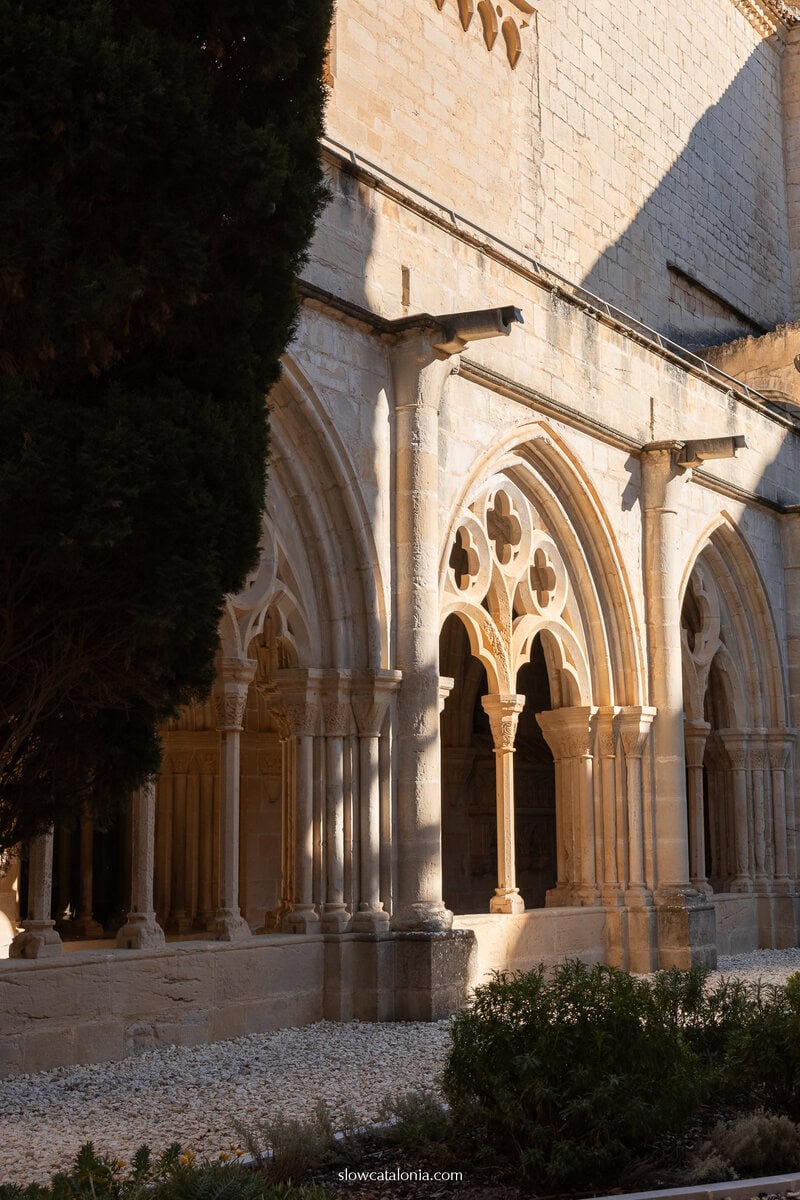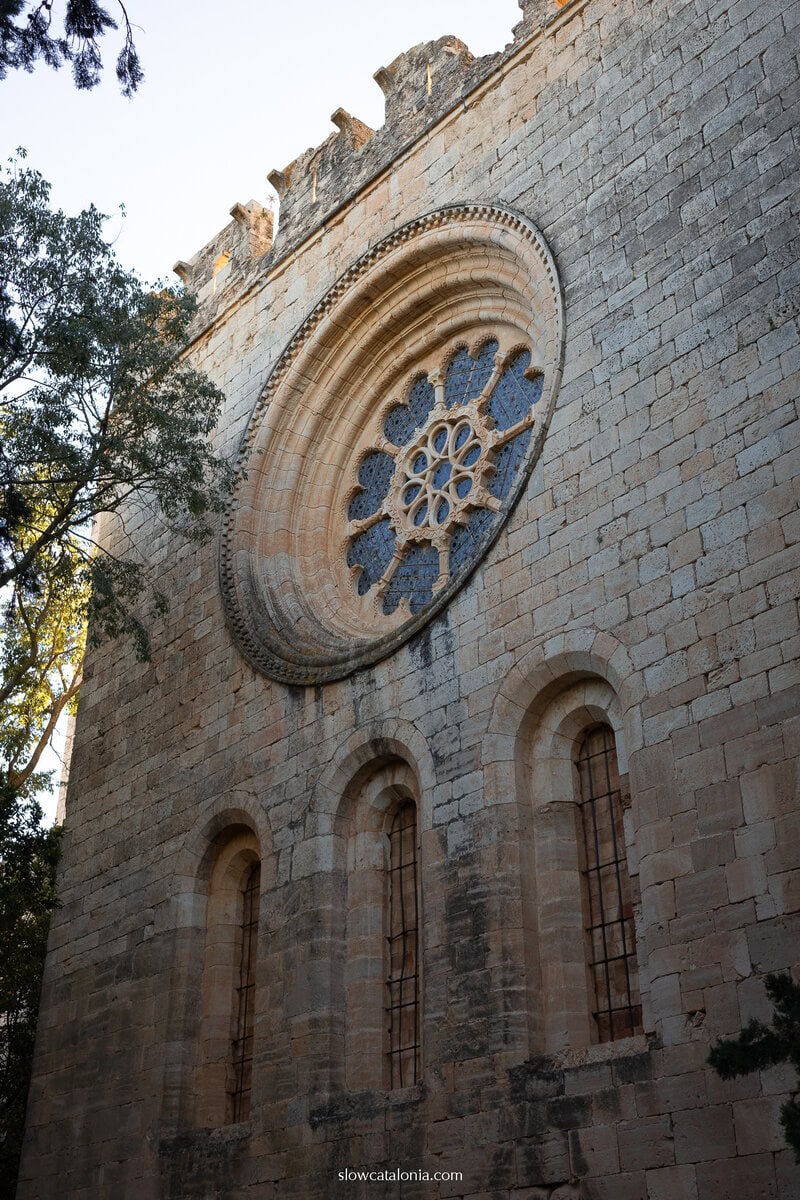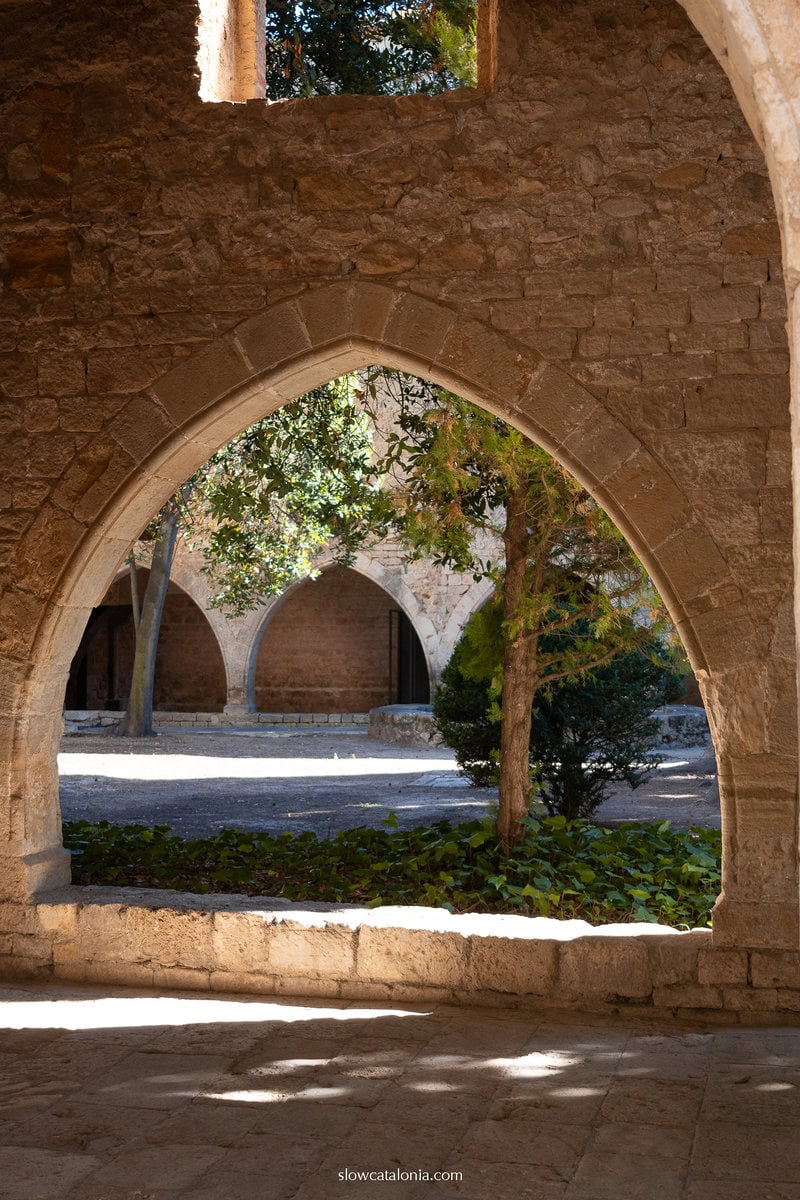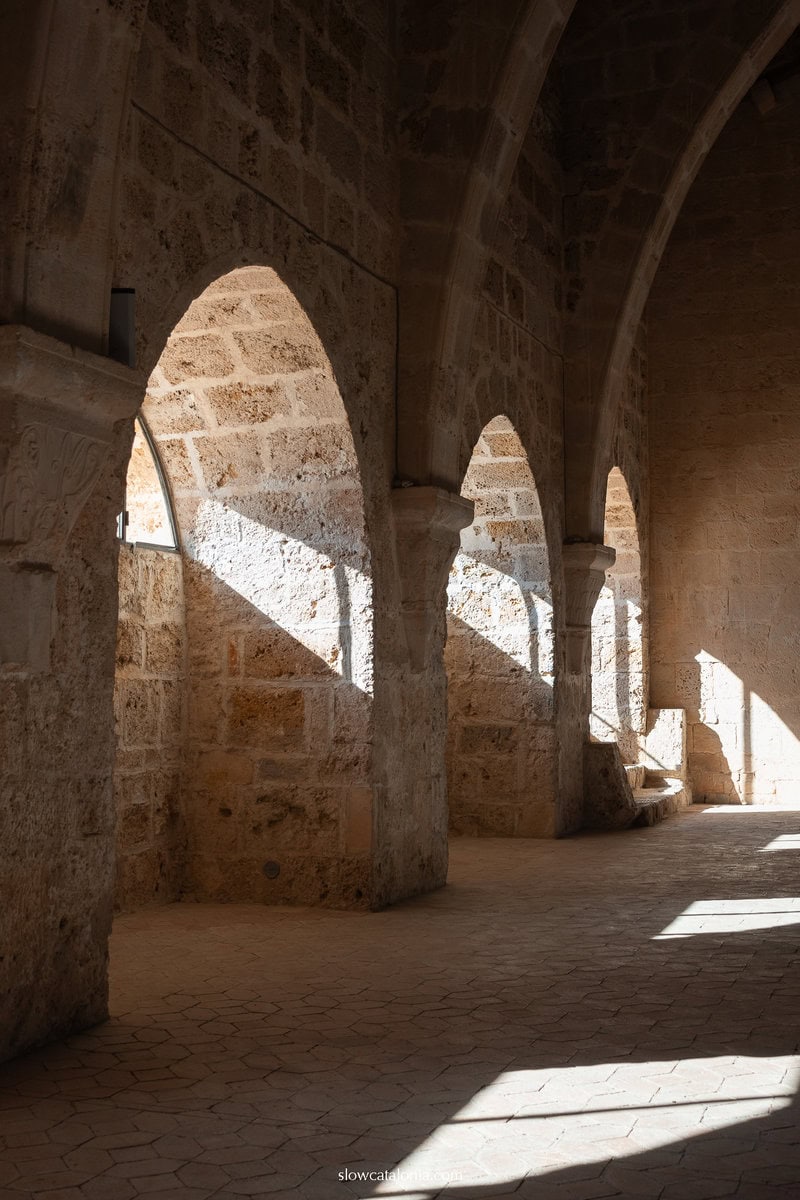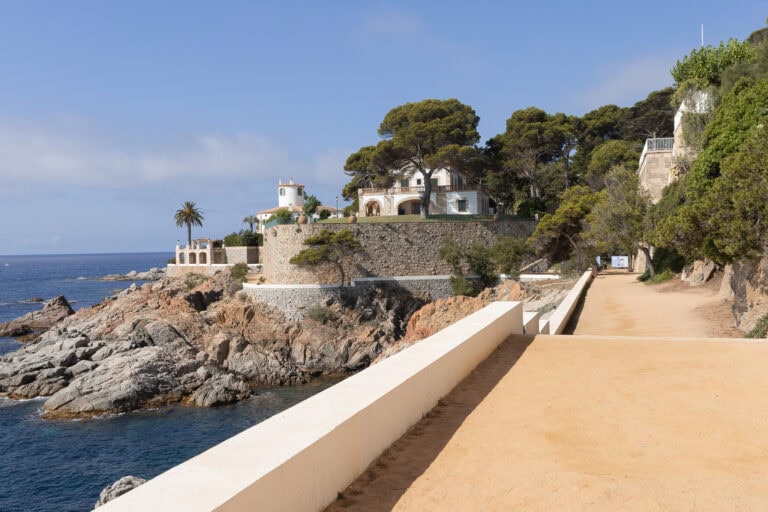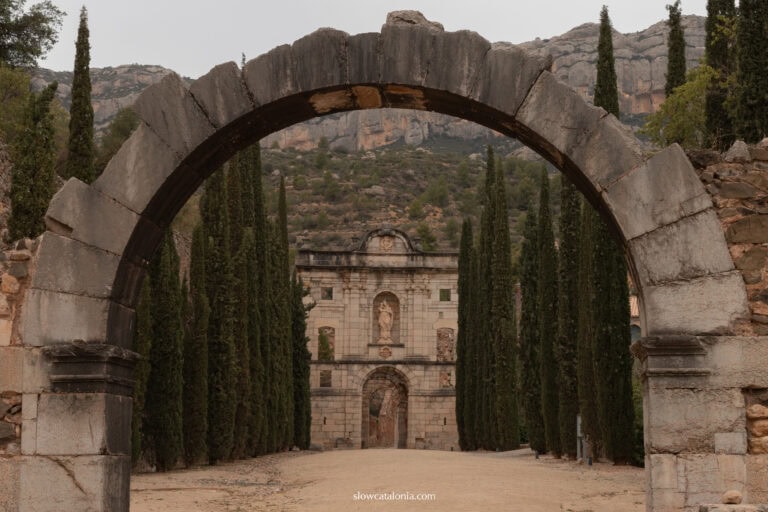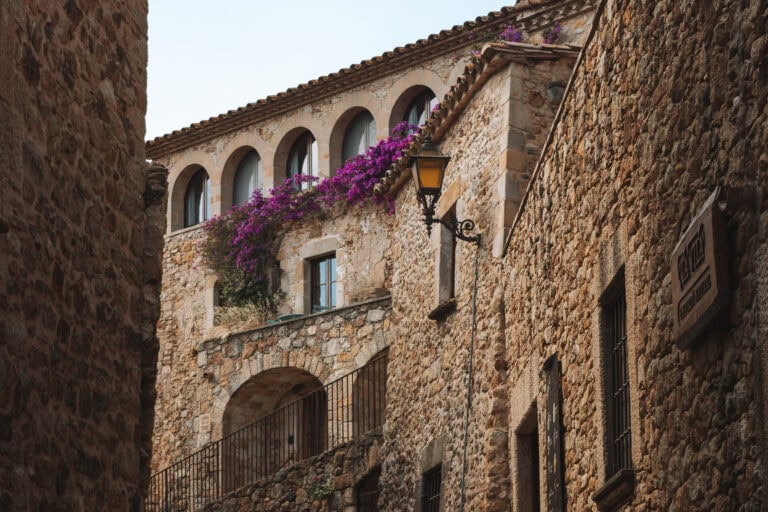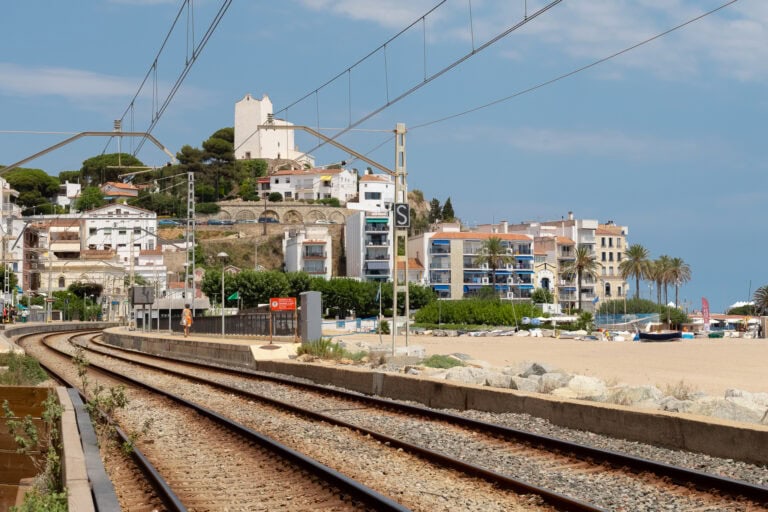Exploring La Ruta del Cister: Catalonia’s Monastery Route


Hi, we are Timon & Filipa!
We live in Catalonia, where we spend our days enjoying local traditions, tasting regional flavors, and exploring the beautiful landscapes. We’re excited to share our love for this region with you, inviting you to experience it slowly, one step at a time.
Exploring La Ruta del Cister: Catalonia’s Monastery Route
Exploring Catalonia’s hidden corners offers a chance to connect with the region’s quieter side, and La Ruta del Cister gave us just that. Visiting Poblet, Santes Creus, and Santa Maria de Vallbona, we found ourselves surrounded by the peaceful landscapes and architecture that define this part of Catalonia.
We started our day at Poblet Monastery, where the presence of the monks brings a certain calm to the place. Walking through its halls, you can sense how their traditions are still part of daily life. The scale of the monastery is impressive, and having the freedom to explore at our own pace allowed us to take in all the details.
As we moved on to Santes Creus, the experience felt different. With no monks in residence, the grounds were open and peaceful in their own way, with fewer crowds, allowing us to admire the architecture and spacious layout.
At Santa Maria de Vallbona, the presence of the nuns adds a different dynamic. You’ll notice the gentle rhythm of daily life here, with quiet movements that give the place a unique, living character.
If you’re up for a day that blends history and nature, away from traffic, crowds, and the usual city bustle, this route makes for a great escape.
The 15-Euro single ticket
One of the best ways to experience all three monasteries on La Ruta del Cister is with a 15-euro single ticket. We used it ourselves and found it super convenient. It covers entry to Poblet, Santes Creus (including an audiovisual guide), and Santa Maria de Vallbona (including a guided tour). The ticket allows you to visit each site once, and it’s valid for two years from your first visit—perfect if you prefer taking your time to explore.
We bought our ticket online, and we exchanged it at the first monastery we visited. You can also purchase it at any of the three monasteries. If you buy it online, you must print the confirmation email and bring it with you. At the first monastery you visit, you can exchange the printed receipt for the actual card and brochure. The ticket is not valid with other discounts.
Our tip: arrive early, as ticket counters close 30 minutes before the monasteries do. This way, you won’t miss out on exploring these beautiful places.
Santa María de Poblet Monastery
We immediately felt its historical significance when visiting Santa María de Poblet Monastery. As one of the most impressive Cistercian sites in Europe and still home to a small community of monks, the place has a unique feel that reflects its long history. The blend of Romanesque and Gothic architecture truly stands out, with highlights like the royal pantheon and the serene cloisters, which offer a perfect spot for a quiet moment.
Before stepping inside, we stopped at Fet a la Conca, a small shop just before the entrance. If you’re curious about the flavors of the Conca de Barberà region, it’s the perfect place to explore. They offer local wines and cavas alongside traditional products like olive oil, jams, and carquinyolis (almond biscuits).
Inside the monastery, the sense of peace was immediate. We took our time exploring, especially in the church and the cloisters. The cloisters, in particular, were a highlight for us, offering a space that felt miles away from everyday life.
Parking was hassle-free; a large parking lot near the entrance made it comfortable for us to get started.
For those wanting a more profound experience, the Hostatgeria de Poblet lets you stay overnight within the monastery grounds. We didn’t stay the night, but we can imagine what an experience it must be, surrounded by the natural beauty of the area.
Monastery of Santes Creus
The Santes Creus Monastery offers a unique kind of visit, where the absence of a living monastic community lets you explore freely at your own pace. Known as one of the most well-preserved Cistercian sites in Catalonia, it has a strong historical connection to the Crown of Aragon. The monastery is home to the royal tombs of King Peter III of Aragon and King James II, crafted from alabaster—some of the finest examples of royal burials in the region.
When we visited, the central courtyard was a nice spot to pause and enjoy the open space. Although part of the monastery was closed for renovations, there were still plenty of corners to explore. We also appreciated the audiovisual presentation available at the monastery. It offered a helpful overview of Santes Creus’s history, giving us a deeper understanding of its significance during the Middle Ages.
The rural setting of Santes Creus makes it ideal for a laid-back visit, far from the busy crowds you might find elsewhere. We enjoyed the peace and space—it felt less crowded than Poblet, making the experience even more personal.
Monastery of Santa Maria de Vallbona
Monastery of Santa Maria de Vallbona offers an intimate experience, with only five nuns living there. It’s one of the oldest nunneries in Catalonia, and you can feel the deep roots and long history of the place.
We learned that the only way to see the monastery was through a guided tour, which was a highlight for us. The guide shared stories about the daily life of the nuns and the significance of different areas within the monastery.
There’s also an audiovisual presentation that provides more background on the monastery’s history. We found it helpful for understanding the importance of Vallbona over the centuries, and it made our visit more engaging.
The peaceful surroundings of Vallbona create a relaxing stop along La Ruta del Cister. The monastery felt much more intimate compared to more significant sites like Poblet, and its smaller scale adds a certain charm. Knowing that a few nuns still live here today made the experience feel special.
Practical tips for visiting
If you’re thinking about exploring La Ruta del Cister, here are a few things we found helpful during our visit:
- Best Time to Visit: We suggest going in spring or autumn, as the temperatures are mild, and the crowds are smaller. Our visit in October felt perfect for exploring the monasteries at a comfortable pace. If you’re planning a summer visit, try visiting early—Poblet can get quite hot later in the day.
- 15-Euro Single Ticket: We found the single ticket very convenient; it provides access to all three monasteries and stays valid for two years. If you purchase it online, remember to print the confirmation and exchange it for the actual ticket at your first stop—this worked well for us and saved time.
- Guided Tours and Presentations: Santa Maria de Vallbona is only available through a guided tour, which we found insightful as it offered a deeper look into the nuns’ daily lives. Poblet and Santes Creus can be visited freely, and both Santes Creus and Vallbona offer audiovisual presentations that enrich our understanding of the sites.
- Accessibility: All three monasteries have large parking areas, making it easy if you’re driving—exactly what we did. Since public transport is limited, having a car is the most practical way to explore.
- Pacing Your Visits: The single ticket’s two-year validity means you don’t need to rush through all three in one day.
End your day: Monasteries, scenic views, and local cuisine
La Ruta del Cister is a chance to explore Catalonia’s history and scenery. Each stop has something unique—Poblet impresses you with its grand architecture, Santa Maria de Vallbona offers a sense of quiet, and Santes Creus connects you with centuries of history.
No visit is complete without trying the local cuisine, and Cal Travé is a perfect stop along the route. This family-run restaurant serves classic Catalan dishes, offering a warm and inviting atmosphere. Watching the chef grill right in the dining room adds a special touch to the experience.
Given the popularity of Cal Travé, it’s best to reserve a table in advance, especially on weekends and during peak times. The friendly service and relaxed setting make it an ideal place to enjoy a meal after visiting the nearby monasteries.


